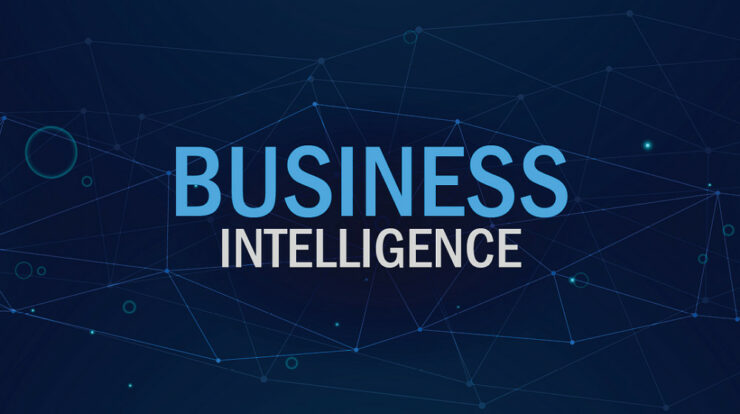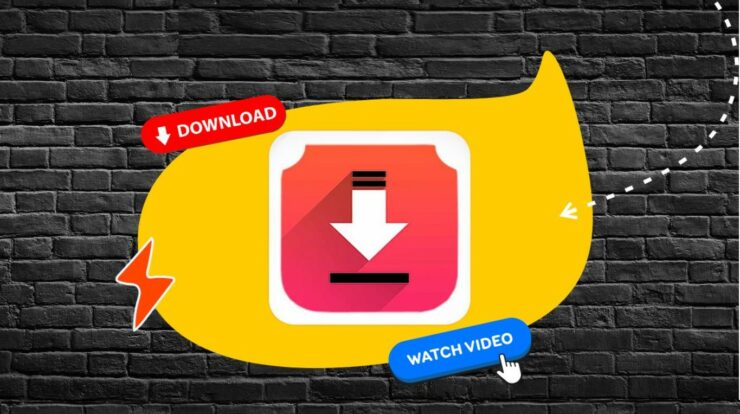
In today’s fast-changing environment, there are various tools and skills accessible for mastery. In today’s digital and data-driven era, Business Information and Intelligence are two of the most critical business skills. Today, business intelligence is seen as an essential organizational competence. By enhancing brand recognition, employee engagement, and profitability, BI may assist organizations in gaining a competitive edge over their rivals. In addition, businesses that use BI analytics are five times more likely to make quicker, better-informed choices. In this situation, it is necessary to improve Business Intelligence skills. This story will list the most popular business intelligence (BI) tools in 2022. Several BI tools are accessible now, but I have compiled a list of the 10 most popular in 2022.
10 Best Business Intelligence Tools In 2022
Here are the best Business Intelligence Tools. So, let’s get started.
1. Google Data Studio
Google Data Studio was introduced in 2016 as a free, web-based tool. Google’s simple and user-friendly business intelligence design may be its strongest selling feature. Data Studio includes several analysis and visualization capabilities, which is a significant benefit compared to competing analytics suites. However, the fact that Data Studio is web-based might be a disadvantage. It is easy if you are willing to share. However, exporting to PDF or other standard formats is not possible. In addition, automated report distribution is restricted.
2. Zoho Analytics
Zoho is a web-based online work workplace that provides Zoho Analytics, a self-service business intelligence platform. It is a cloud-based platform that may be deployed locally as well. Zoho can connect to several data sources. Zoho can seamlessly combine data from major business apps and its self-service tools. The data is stored in an American data center. There are 500,000 organizations, about 2 million users, and 50 million reports on Zoho Analytics. My investigation indicated that Zoho Analytics offers the most third-party connections, with over 500 integrations for business apps. This tool merits consideration.
3. IBM Cognos Analytics
Cognos Analytics, IBM’s most significant business intelligence suite, is a cloud-based analytics and BI platform. It can ingest data from various sources to generate interactive dashboards, visualizations, and reports. Users vary from tiny companies to major corporations and represent a variety of sectors and sizes. IBM touts Cognos Analytics as a decision-making tool enriched with AI. This platform is distinguished by the ability to examine charts and get alerts. You also get updates in real-time.
4. Looker
I was unaware that Looker was a BI tool until I found three full-time Data Analyst opportunities at Disney, Warner Media, and a local startup that needed Looker skills. So when I initially examined Looker, I knew it had to be on my list of BI tools I wanted to learn. Looker is a browser-based business intelligence platform. It is user-easy, configurable, and simple to modify. You may also create interactive visualizations using a range of graphs and charts. There are some parallels between Tableau and Looker. The greatest feature of Looker is its drag-and-drop dashboard construction interface. This would aid non-technical users greatly. On any device, you may view visualizations and reports. In addition, they may be exported from the Looker dashboard to ease cooperation with other users.
5. TIBCO Spotfire
Spotfire, a Somerville, Massachusetts-based business intelligence startup, was bought by TIBCO in 2007. Spotfire provides the same broad capabilities for data visualization as Tableau and QlikView. Tableau Public and Power BI Desktop are available at no cost. However, the price of TIBCO Spotfire is $650.00 per user per year. Independent Data Scientists may not like the lack of a free edition. This story describes how Accor Hotels used TIBCO Spitfire to enhance the client experience and integrate quickly, easily, and simply. TIBCO was the industry pioneer in analytics and integration. Spotfire was also included.
6. Microsoft Power BI
Power BI is designed for use by business analysts and data scientists. It is Microsoft’s most popular product in the business intelligence tools category. For example, during my 2017 internship at Larsen & Toubro, I encountered Power BI. Power BI to assess departmental revenue expenditures, personnel productivity, and real-time data processing for welding and arching shifts. PowerBI is easy and has a drag-and-drop user interface. This provides MS Excel users with a sense of familiarity or likeness. Power BI is a platform that requires no programming. This is likely the reason for its popularity. Azure may be connected using a wide variety of PowerBI connectors.
The Microsoft blog post Why Power BI outlines and argues why PowerBI is the de facto solution for Data Scientists. Power BI facilitates data connectivity, modeling, and visualization. It generates memorable reports with brand-specific KPIs. In my experience, PowerBI tends to slow down when processing huge data sets. If your data is really extensive, you may want to examine other methods.
7. Qlik and QlikSense
QlikView is comparable to line graphs, pie charts, pivot tables, and bar graphs. It is prevalent across all areas of the business. QlikView is a Business Intelligence reiterative Data Discovery tool. The objective is to provide guided analytic apps and dashboards for particular business issues. This app enables users to uncover data insights and linkages across different variables. The popularity of QlikView has sparked a great lot of debate. QlikView is a less expensive alternative to Tableau, a well-known brand. It employs an in-memory paradigm capable of manipulating massive data sets precisely.
8. Tableau
Tableau is a prominent data visualization tool for Business Intelligence. It makes data analytics efficient and trustworthy. The visualization dashboards and spreadsheets of Tableau facilitate the simplification and cleansing of raw data. Large corporations such as Verizon, Charles Schwab, and Coca-Cola have long used Tableau to make educated choices. Anyone interested in Data Science and Data Analytics professions should own a Tableau tool.
9. SAP HANA
SAP created SAP HANA (High-Performance Analytic Appliance) as an RDBMS. Primarily, it is used as a database server to store and retrieve data for apps. SAP HANA is an ETL-based replication that uses SAP Data Services to move data from non-SAP sources to SAP to target the HANA database. SAP-based organizations use SAP HANA to handle vast quantities of real-time data efficiently. HANA may not be a choice for data scientists since SAP is a closed-source environment; however, HANA may be beneficial for SAP enterprises and professions.
10. SAS
SAS is a tool for complicated statistical procedures and advanced data analysis, similar to R. It is a proprietary closed-source tool that enables complicated modeling. Professionals and major organizations utilize SAS, which is a very trustworthy tool. SAS is not the ideal tool for data scientists who are not professionals, but it may help you get started. SAS is the uncontested industry leader in enterprise analytics. However, SAS may not have as amazing skills as R or Python. SAS makes it difficult to model and display data. The learning curve may be challenging and perhaps unpleasant for large organizations with difficult finances.
Conclusion: BI Tools
This concludes my blog. Thank you for your time! I hope you found this informative. Please indicate which BI tool is most essential to you.


